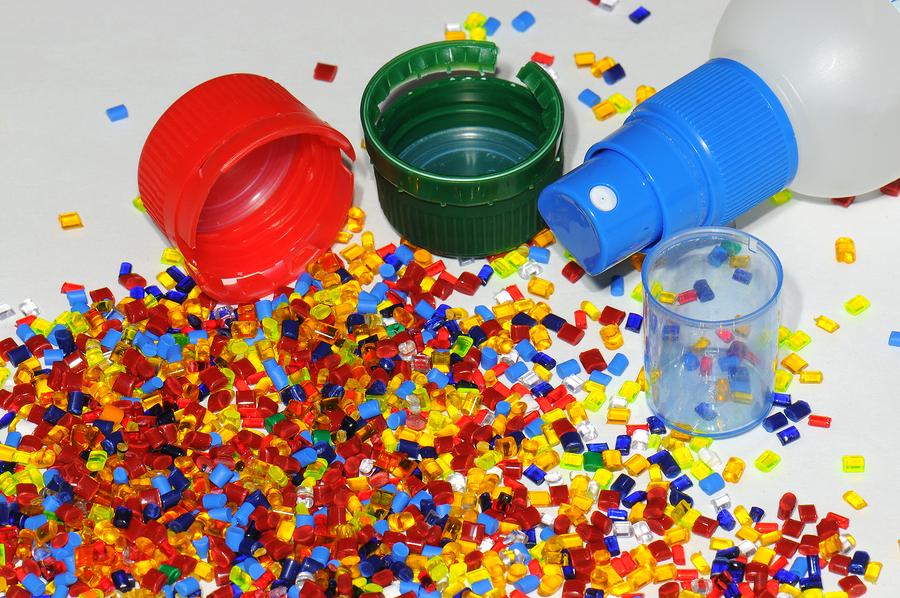Plastic extrusion works by melting, processing and re-melting a type of plastic referred to as thermoplastic resins. The resins generally come in a bead or pellet form which allows them to be used in the extrusion machinery. The beads come in a variety of grades and this allows them to be purchased in the grade required for a specific use.
Although extrusion machinery may seem complicated, it is in fact a fairly simple process. The auger is the main part of the machinery and it turns at the hand of the gearbox. The gearbox runs off of the machines motor. It’s enclosed in a tightly sealed and heated barrel that helps to cause friction.
The thermoplastic beads go through a hopper which puts them into the machine. The hopped can be found at the back of the barrel and auger. This is where the beads get dropped into the barrel. The auger turns and this cause the beads to move forward there the heat melts them. Once they are melted, they get moved into an area that meters the plastic in preparation for the next phase.
The plastic is ready to be extruded into the die once it makes its way into the metering section of the machinery. The die is what determines the shape the plastic will be permanently transformed into. The plastic will be put into the die and a mandrel will separate it.
The plastic is kept from becoming collapsed by air that gets pushed through the mandrel during the moving phase. Once the plastic is removed from the die, it will make its way into a vacuum area which also gets filled with water to cool the plastic. Once the plastic comes out of this phase it will be ready to be cut and prepared as needed.
Although the process of plastic extrusion has a lot of elements and phases, it is a quite simple process that leads to the development of pieces needed. More pieces can be processed accurately and in a time efficient manner thanks to the process of plastic extrusion.

